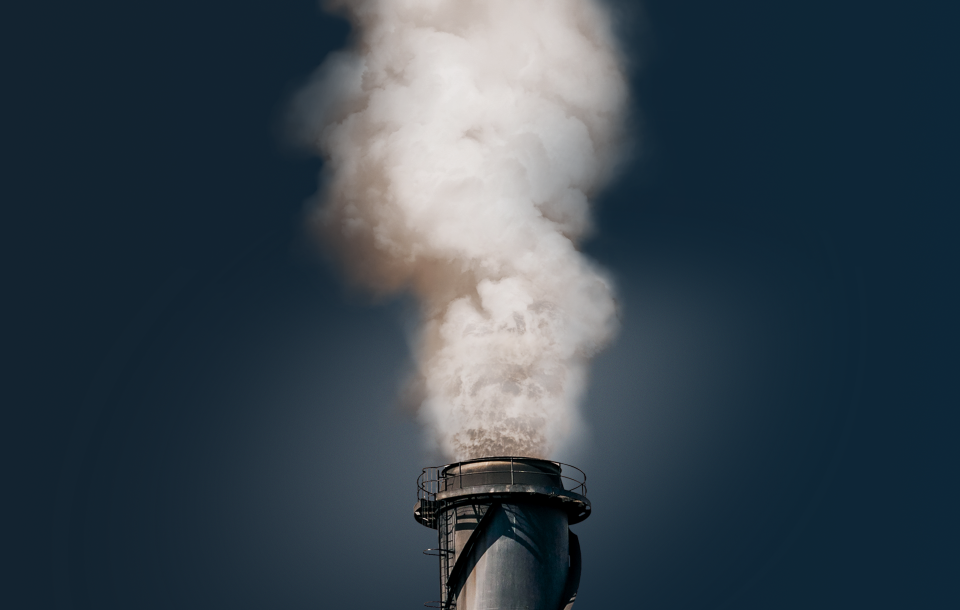The air sample can come from many sources: Environmental outdoor air (urban or rural), indoor air, workplace air, industrial sources (stack emissions or fence line monitoring), and vapor intrusion in the basements of buildings are the most common examples. Another example is air drawn from environmental chambers to monitor material emissions.
Air is sampled by pumping it through thermal desorption tubes filled with suitable sorbents. The sample is drawn at a known flow for a fixed time. The sample volume can be controlled for accurate concentration calculations.
Sorbent tubes used for air sampling are subsequently placed in a sealed tray on the GERSTEL MultiPurpose Sampler (MPS) robotic. The MPS sequentially processes large series of samples by inserting them to the a GERSTEL Thermal Desorber (TD 3.5+) mounted on top of a GC/MS in the inlet position. The inserted tube is purged with carrier gas and heated. VOC’s in the tube are released from the sorbents and transferred to a small secondary trap where they are dynamically focused.
In the second step, the focusing trap is rapidly heated to a high temperature, quickly transferring the trapped VOCs to a specialized GC column where they are separated, and finally detected and quantitated using a mass spectrometer.
The GERSTEL system for Environmental Air Toxics and VOCs is fully compatible with US EPA Method TO-17 and similar methods. Automated options are available for dry purging of sampled tubes, as well as for integrated variable and internal standard addition. Dual split points ensure that a large linear dynamic range can be covered. The system is valve-free and requires no cryogen, ensuring low-maintenance, rugged operation and reduced cost-per-sample. In case of major contamination, or as part of a scheduled maintenance, the entire sample flow path can be replaced by the user in less than 5 minutes using simple consumables and without the use of tools for best possible uptime.
